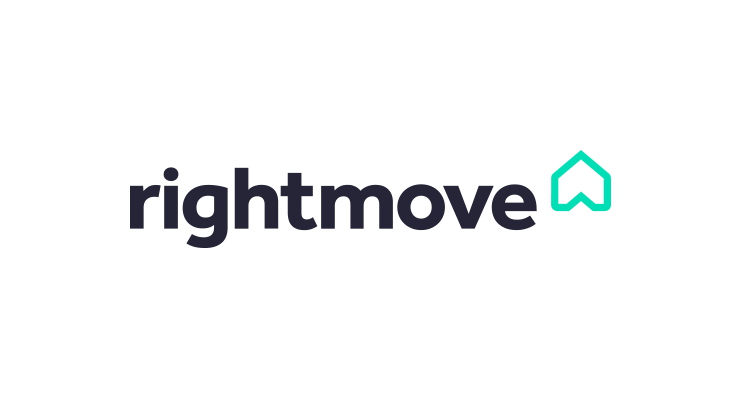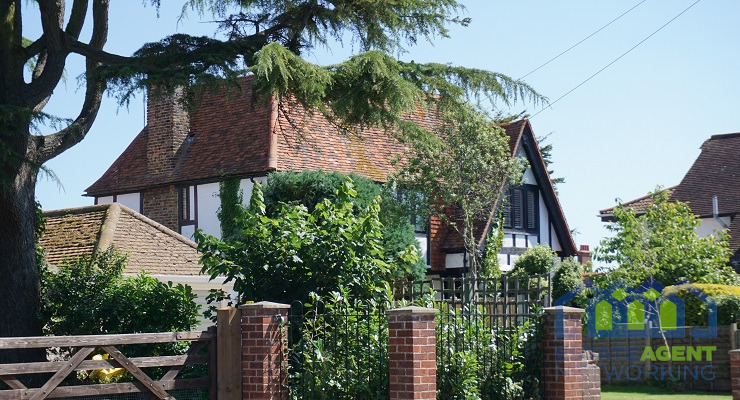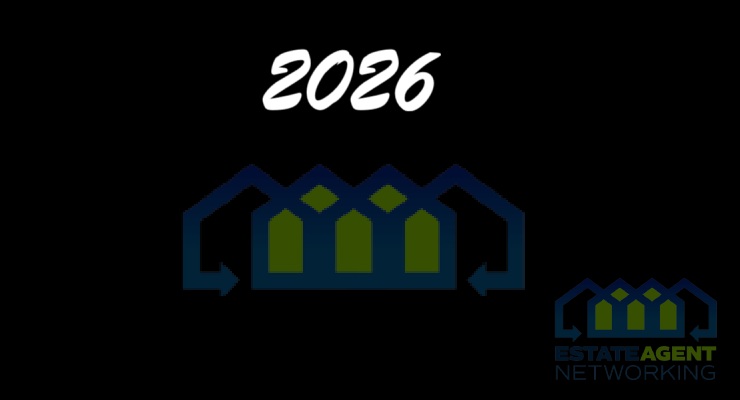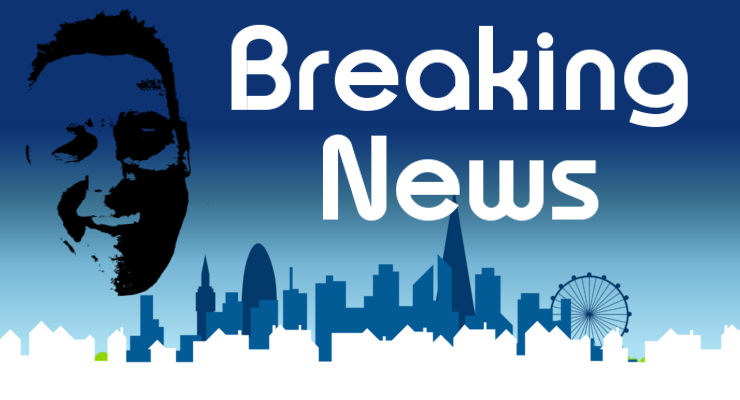Zoopla – Price gap between houses and flats at 30 year high
Price gap between houses and flats at 30 year high with buyers favouring houses as the housing market continues positive start to 2025
-
All key measures of market activity have posted double-digit growth with new sales agreed, running 10 per cent higher than a year ago
-
The annual rate of house price growth edged lower to 1.9 per cent in the 12 months to January 2025 due to higher mortgage rates and buyers factoring in increased stamp duty from April
-
The early weeks of 2025 have seen a double-digit surge (14 per cent) in the number of flats on the market, with a more modest increase of five per cent in the number of houses for sale.
-
The gap between the value of a house and flat has reached a 30-year high, with the average house value (£319,500), 1.7x or 67 per cent higher than the average value of a flat (£191,300)
-
Flats offer value for money but buyers have continued to prioritise houses over buying flats, with 52 per cent of first-time buyers outside of London looking for a three-bed house, while less than 20 per cent want a one or two-bed flat.
London: The housing market is continuing to register positive momentum in 2025, reveals property website Zoopla in its latest House Price Index. All key measures of market activity are currently posting double-digit growth. The number of sales agreed is 10 per cent higher, with 11 per cent more homes for sale than a year ago, meaning more buyers in the market.
Table 1: Annual house price inflation starting to plateau around +2 per cent
Increased levels of housing market activity have mirrored other measures of economic activity including robust earnings growth, higher retail sales and improving consumer confidence. While market activity continues to increase, the annual rate of house price growth edged lower to 1.9 per cent in the 12 months to January 2025, down from two per cent in December 2024.
House price growth continues to follow a north-south divide. Average prices are 7.2 per cent higher in Northern Ireland and three per cent higher in the North-West. House prices across London and southern England are one per cent to 1.2 per cent higher over the last year.
Stamp duty impacts starting to feed through
House price growth stalled or slowed across most regions and countries of the UK in January. This reflects the sharp dip in consumer confidence in the wake of last year’s Autumn Budget, with mortgage rates increasing 0.5 per cent since September 2024, squeezing buyer power.
The moderation in price growth also reflects buyers starting to factor in higher stamp duty from April 2025. Half of homeowners will have to pay an extra £2,500 per purchase while another third will pay up to the same amount. Two-fifths of first-time buyers will pay higher stamp duty from April but 60 per cent will still pay no stamp duty.
Home buyers will expect to reflect this extra cost in their offers, typically looking to split the cost with the seller. The amounts are not large, but the overall impact will keep house price growth in check over 2025.
Surge in flats being listed for sale
The early weeks of 2025 have seen a double-digit increase (14 per cent) in the number of flats on the market, with a more modest increase of five per cent in the number of houses for sale. A return to price increases for flats in 2024 has brought more supply to the market, with flats accounting for one in four homes currently for sale.
The increase in the number of flats for sale is running well ahead of the growth in new sales agreed (four per cent) and buyer demand (one per cent). In contrast, the demand for houses is 16 per cent higher than a year ago, while the available supply is just five per cent higher.
This mismatch in supply and demand explains why values of flats have risen by just 0.5 per cent in the last year, with house values up 2.2 per cent. House values are unlikely to rise faster given the greater choice of homes for sale and the extra stamp duty costs for many buyers.
Most owners of new flats for sale are facing smaller capital gains than owners of houses. Two in five (40 per cent) flats for sale have an asking price less than £20,000 above the original purchase price compared to just six per cent of houses. This includes 15 per cent of flats listed for sale at an asking price below the last purchase price.
Table 2: Flats and houses record diverging trends in supply and demand
Growing preference for houses a missed opportunity?
The search for space over the pandemic boosted demand for houses more than flats, while concerns over running costs for flats e.g. service charges and ground rents, as well as fire safety concerns for some newer flats, have impacted demand, acting as a drag on the price of flat prices. The average value of a flat has increased by just seven per cent over the last five years compared to house values increasing by a quarter (24 per cent).
Table 3: Flat to house pricing gap largest for 30 years
Looking at pricing over the longer term shows the gap between the value of houses and flats is at a 30-year high, with the average house value (£319,500), 67 per cent higher than the average value of a flat (£191,300).
Table 4: Average value vs property type
|
Area |
Property type |
Average value Jan-2025 |
House-to-flat price ratio |
1 yr price change |
5 yr price change |
|
East Midlands |
Flat |
£113,500 |
1.2% |
10% |
|
|
House |
£259,000 |
2.3 |
2.1% |
25% |
|
|
Eastern England |
Flat |
£188,400 |
1.0% |
5% |
|
|
House |
£390,200 |
2.1 |
1.2% |
19% |
|
|
London |
Flat |
£418,100 |
-0.1% |
1% |
|
|
House |
£797,000 |
1.9 |
2.5% |
17% |
|
|
North East |
Flat |
£83,300 |
-0.2% |
13% |
|
|
House |
£193,300 |
2.3 |
2.3% |
25% |
|
|
North West |
Flat |
£115,900 |
0.3% |
13% |
|
|
House |
£259,600 |
2.2 |
3.7% |
32% |
|
|
Northern Ireland |
Flat |
£127,200 |
5.4% |
21% |
|
|
House |
£202,200 |
1.6 |
7.6% |
34% |
|
|
Scotland |
Flat |
£112,600 |
2.2% |
18% |
|
|
House |
£212,000 |
1.9 |
2.6% |
24% |
|
|
South East |
Flat |
£210,600 |
-0.1% |
5% |
|
|
House |
£477,000 |
2.3 |
1.5% |
19% |
|
|
South West |
Flat |
£176,500 |
1.4% |
11% |
|
|
House |
£365,600 |
2.1 |
0.9% |
24% |
|
|
Wales |
Flat |
£114,900 |
-0.4% |
12% |
|
|
House |
£240,200 |
2.1 |
2.8% |
33% |
|
|
West Midlands |
Flat |
£118,400 |
0.4% |
5% |
|
|
House |
£288,200 |
2.4 |
2.9% |
26% |
|
|
Yorkshire & Humber |
Flat |
£104,300 |
0.4% |
9% |
|
|
House |
£241,800 |
2.3 |
2.6% |
28% |
|
|
UK |
Flat |
£191,400 |
0.5% |
7% |
|
|
House |
£319,500 |
1.7 |
2.2% |
24% |
However, whilst flats are better value for money, buyers are still prioritising houses, especially first-time buyers. Zoopla data shows that over half (52 per cent) of first-time buyers looking to buy today, outside London want a three-bed house. This is up from 44% in 2017. Demand for one and two-bed flats has declined from 25 per cent to 17 per cent over the same period.
Richard Donnell, Executive Director at Zoopla comments: “The housing market remains resilient with more people looking to move home in 2025 and 2026 than this time last year. Average earnings rising by six per cent over the last year, well ahead of inflation, is boosting buyer confidence and helping to reset housing affordability.
“Flats have become even cheaper compared to houses over the last 5 years. Buyers are still prioritising houses over flats but there are opportunities for canny buyers prepared to do their homework and weigh up the purchase of a flat rather than potentially waiting longer to buy a house.
“While market activity is on the rise we expect house price growth to be kept in check over 2025. There has been a sizable increase in homes for sale in the early weeks of the year which is giving buyers greater choice and stronger negotiating power. Higher stamp duty costs for many from April will keep a lid on prices which we expect to increase by two to 2.5 per cent with above average growth in more affordable markets outside southern England.”









